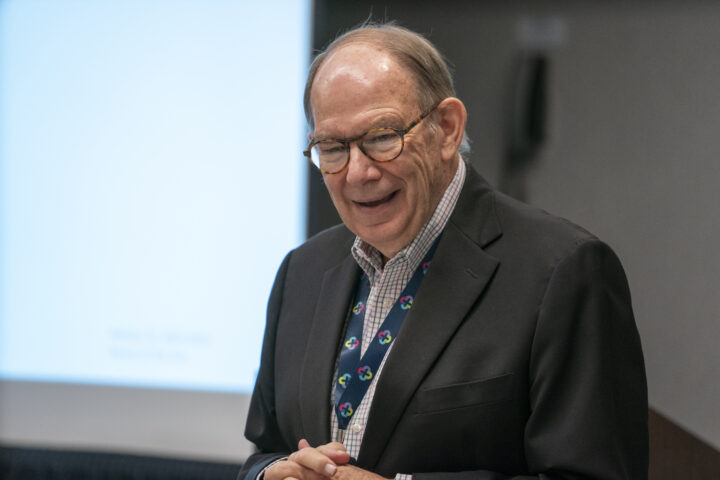10/14/2024
Climb into church finances and investments, one step at a time
by John C. Williams

Taking a deep dive into investments and finances requires an understanding of the basic vocabulary before jumping into spreadsheets and financial statements , presenter Bill Wiles of Synod of the Sun said.
His Stewardship Kaleidoscope 2024 workshop, “How to speak the language of investments and finance” covered four primary areas:
- A basic finance and accounting vocabulary
- Understanding financial investments, including fixed income vs securities or stocks, long term vs short term investments, and the strategy of safety vs growth investing
- Types of investment funds, such as unrestricted, donor-restricted, session-designated funds and endowments
- And understanding church financial statements.
 Wiles serves as a financial coach for the Presbyterian Foundation and holds professional licenses as a Certified Public Accountant and a Chartered Growth Management Accountant. He earned his undergraduate degree from the University of Tulsa and his master’s degree from the University of Oklahoma.
Wiles serves as a financial coach for the Presbyterian Foundation and holds professional licenses as a Certified Public Accountant and a Chartered Growth Management Accountant. He earned his undergraduate degree from the University of Tulsa and his master’s degree from the University of Oklahoma.
He is an award-winning author and serves as a board member of the Presbyterian Historical Society of the Southwest, the Omaha Presbyterian Seminary Foundation, and Dwight Presbyterian Mission. At the Synod of the Sun in Irving, Texas, Wiles serves as the Synod Treasurer. He also serves as a commissioned pastor in Eastern Oklahoma Presbytery.
Wiles said that financial data provides the critical information needed to effectively manage church operations. While the accuracy and timeliness of financial information are important, what is often overlooked is the format of the financial statements themselves.
Wiles went on to explain that most church treasurers are familiar with the formats used in business accounting and produced by accounting software such as QuickBooks. However, properly prepared non-profit financial statements are very different from their business counterparts. These differences are largely due to the fact that many non-profit organizations, including churches, have restricted funds or endowments which provide operational income. Most church financial statements do not properly account for these funds and their uses because the treasurer is not aware of how to do so.
One unique financial statement used in the non-profit world is the Statement of Functional Expenses. As Wiles explained, this statement provides information on how the church is actually using its financial resources in the areas of administration, programming, worship, and fund raising. Similar to a narrative budget, this financial statement can provide a Session with an in-depth view of the financial priorities of the church. Good information leads to better decision-making.
When considering how to invest church funds, Wiles recommends considering these questions:
- How much money do we have to invest?
- What is our investment timeframe (or horizon)?
- Are we more concerned about loss of principle or loss of purchasing power?
- What is our need for liquidity – is it important to have quick access to this money, or can we park it somewhere and not touch it for a longer period?
- What is the projected rate of return on the proposed investment?
While well-prepared financial statements primarily inform the church treasurer, finance team and auditors, they also can serve as guideposts for improved financial stewardship by clearly showing how a church spends its money, Wiles said.
